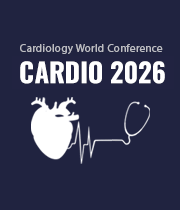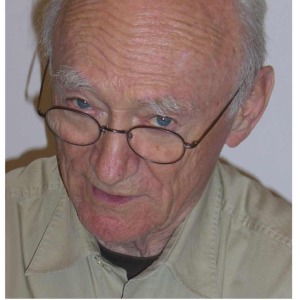Title : Open-irrigated laser catheter mapping and ablation
Abstract:
Practicability and efficacy of open-irrigated transcatheter 1064nm Laser treatment of cardiovascular diseases including long-lasting persistent Atrial Fibrillation (l-lp AF) were investigated. Based on our experiences with HD-mapping by using catheters with ≤2.0 mm interelectrode distances in pediatric patients since 1976, and tissue selective absorption of 1064nm laser photons in myocardium, laboratory tests, simulations, in-vitro and in-vivo animal experimental tests in 104 dog, 6 pig and 4 ovine models were performed in the past five decades. Over 1000 lesions were evaluated and a non-contact, open-irrigated, electrode-laser, mapping and ablation catheter RytmoLas® was developed.
Over 800 laser applications at 10-20W/5-30s were performed without complications in 108 severely ill patients with various multiple comorbidities (mean age 59±17 y, f=32). Mean procedure duration was 118±72 min and X-ray exposure times 13.2±12.2 min. Laser applications at 15-20W (7.2±6.2 / patient); irradiation times were 155±186s. Total energy applied was 2769±2862 Joule / patient. There was no D-dimer serum level elevation. All the results were published in peer reviewed journals or books. Redo procedures were needed because of another arrhythmia in 9 and because of paroxysmal AF in two asymptomatic patients.
1064nm laser ablation by using the RytmoLas® is an open-irrigated, minimally invasive, painless, non-contact, HD-Lasermapping guided, low power (10-15W), short duration (5-30s) ablation procedure performed under normothermic conditions, the catheter is not heated up! Lesions are created by selective ablation of 1064nm photons in myocardium sparing adjacent tissues Esophagus, lungs and nerves but modulating retrocardiac ganglion plexi. Clear-cut transmural lesions of homogenous coagulation necrosis are achieved within seconds, even in fibrous myocardium. Gradual abatement of electrical potential amplitudes is visualized on the monitor during laser application, without interfering with electrophysiologic monitoring principles. Continuous monitoring of lesion formation allowed immediate, real-time verification of initial success. Lesions are reversible only when radiation is stopped prematurely. Permanent lesions are healing in dense fibrous scars without shrinking or aneurysm formation. Laser lesions are not arrhythmogenic, are not thrombogenic. Catheter contact force or catheter orientation are not major determinants for laser lesion formation.
Open-irrigated electrode-laser catheter ablation with its unprecedent safety and efficacy positions the Laser as a superior alternative to the other ablation techniques. It is the only true non-contact tissue specific ablation technique producing lesions within seconds limited to the culprit pathologic substrate under visual control: HD-Lasermapping! However, more research and clinical experience is needed.




